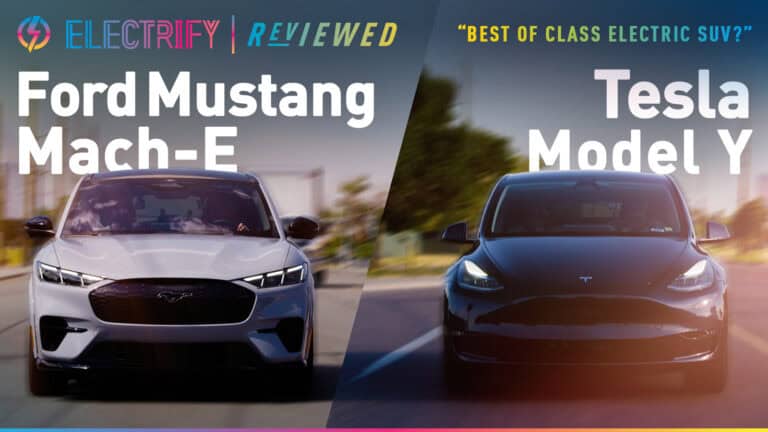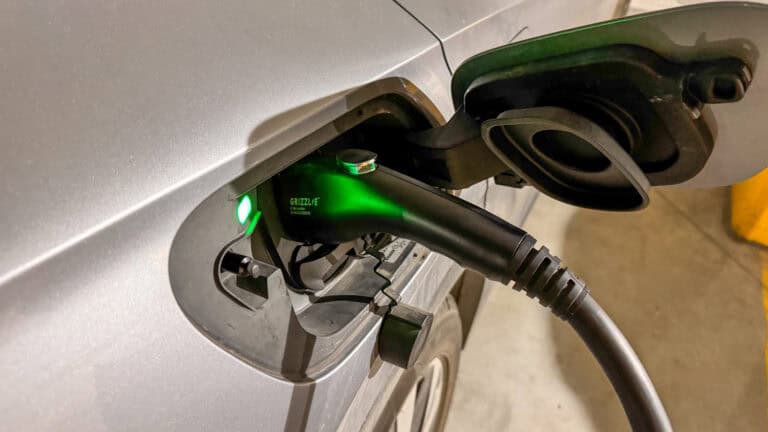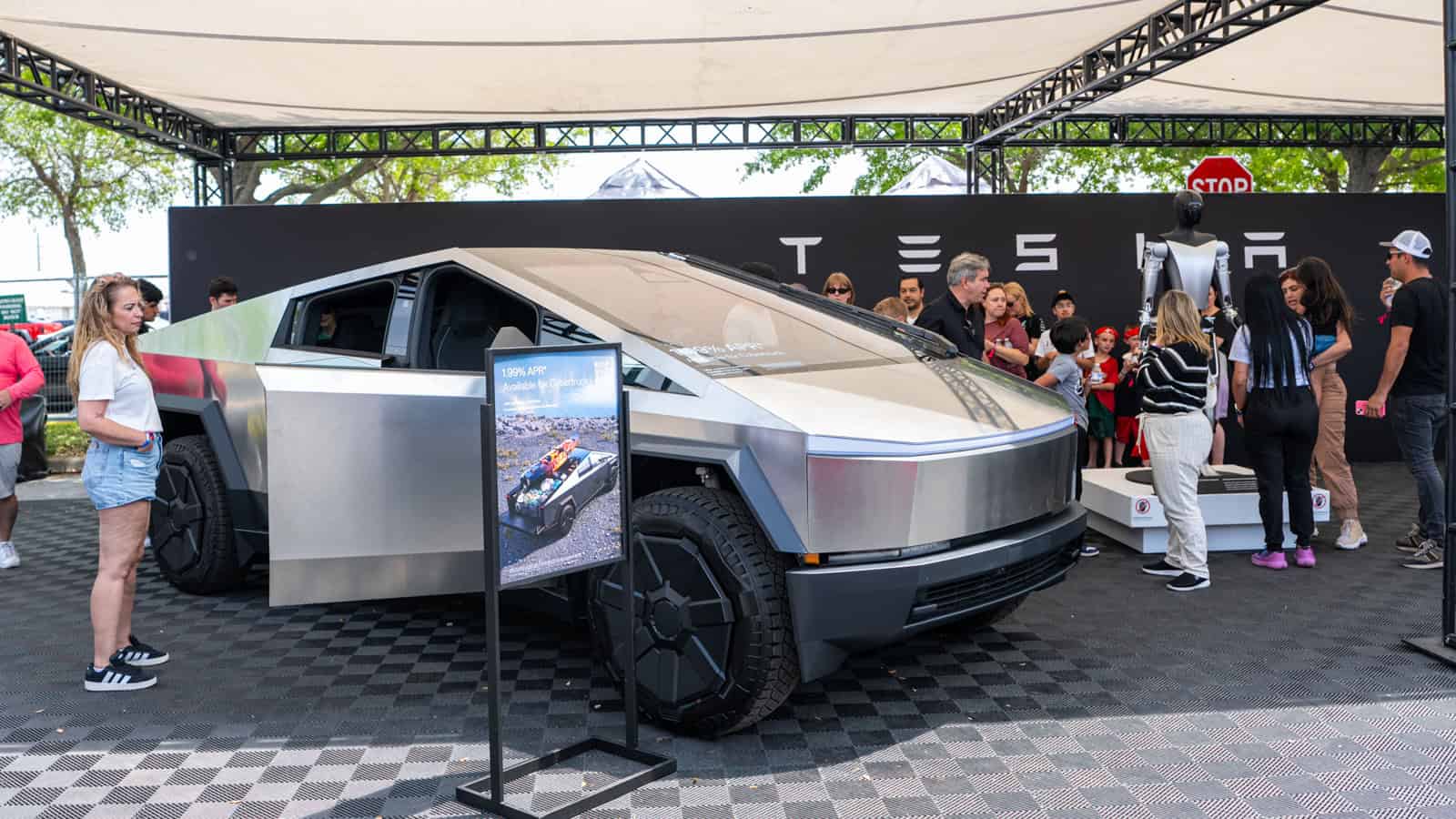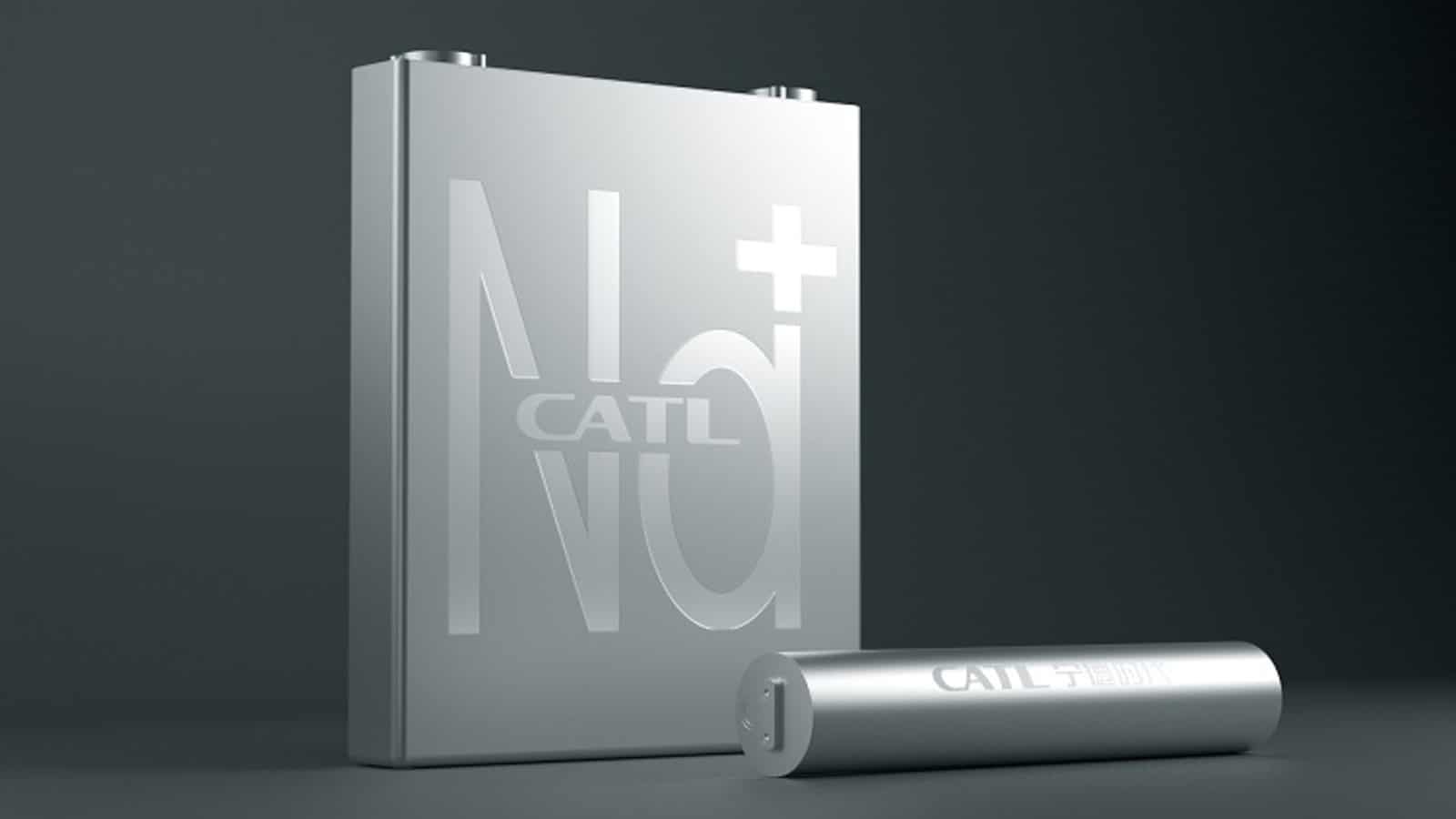- EVs have around 20 moving parts in the drivetrain compared to over 2,000 in gas cars, significantly reducing maintenance needs.
- Regenerative braking extends the lifespan of brake pads and rotors, cutting long-term repair costs.
- EV batteries are built to last 10 years or more and come with warranties covering 8 years or 100,000 miles.
ADVERTISEMENT
When you think about maintaining an electric car compared to a traditional gas-powered vehicle, the differences are striking but not always obvious. All-electric vehicles (EVs) come with clear advantages, like having fewer moving parts and reduced service requirements, but they also have unique factors every potential owner should know. Here’s a closer look at what you need to understand, from lower repair costs to specific details about keeping the battery in good shape.

Electric Cars Cost Less to Maintain
One of the biggest draws of electric vehicles is their simplicity. With just around 20 moving parts in the drivetrain compared to over 2,000 in a typical internal combustion engine (ICE) vehicle, maintenance requirements are inherently lower. For example:
- No oil changes: Forget scheduling routine oil services. EVs eliminate the need for engine oil entirely.
- Fewer fluid replacements: Engine coolant, air filters, and transmission fluid? Not on your maintenance checklist anymore.
- Reduced brake wear: Thanks to regenerative braking, which captures energy to recharge the battery while slowing the car, brake pads and rotors last significantly longer.
- No catalytic converter issues: Say goodbye to worries about theft or replacement costs, an increasingly common headache for gas-powered vehicle owners.
In terms of annual maintenance savings, EV drivers stand to save approximately $949 compared to their gas-powered counterparts. Over the lifetime of the vehicle, this could equate to $4,600 in avoided repair costs. According to data from the Office of Renewable Energy and Energy Efficiency, it shows that maintaining an electric vehicle costs, on average, just six cents per mile. This low figure highlights the financial benefit of owning an EV when it comes to regular upkeep.
ADVERTISEMENT
Understanding EV Battery Care
The battery is the heart of an electric vehicle, so it is no surprise that maintaining its health is critical. Advanced EV batteries typically last for the expected lifetime of the vehicle, with most manufacturers providing 8-year or 100,000-mile warranties. However, like any component, batteries degrade over time.
- Battery life: EV batteries usually support between 1,500 and 2,000 charge cycles, which translates to roughly 10 years of use for the average driver.
- Coolant systems: Some EVs use liquid-cooled battery systems to maintain optimal temperatures. Regular inspections of these systems are important to ensure long-term performance.
- Diagnostic checks: It is advisable to perform periodic health diagnostics on the battery to catch any issues early and optimize its longevity.
Replacement costs, while rare, can be steep. Prices range from $5,000 to $16,000, according to Recurrent, depending on the model. Thankfully, battery prices are expected to drop as technology improves and production scales up.

Safety Considerations for EV Maintenance
Electric cars are designed with safety in mind. High-voltage systems, which typically range between 400 and 1,000 volts, are encased in sealed, rigorously tested shells. These systems are designed to withstand overcharge, vibration, extreme temperatures, and even immersion in water. Additional safety features include:
- Insulated high-voltage lines to prevent accidental shocks.
- Automatic disconnection systems that deactivate electrical components in the event of a collision or short circuit.
- Stability advantages: With a lower center of gravity due to the battery pack’s placement, EVs are less likely to roll over than traditional vehicles.
Even in emergency scenarios, such as fires, manufacturers provide detailed response guides, ensuring first responders can manage incidents effectively.
ADVERTISEMENT
Potential Costs: Tires, Repairs, and Insurance
While EV maintenance costs are lower overall, there are some areas where costs may rise. Tires, for instance, may wear out faster due to the additional weight of the battery and the rapid torque generated by electric motors. Routine tire inspections and keeping pressures within recommended ranges can help mitigate these expenses.
Repair costs after an accident can also be higher. EVs require specialized technicians and often involve more complex supply chains for parts. Insurance rates are typically marginally higher as well, though these vary by model, location, and driver history.
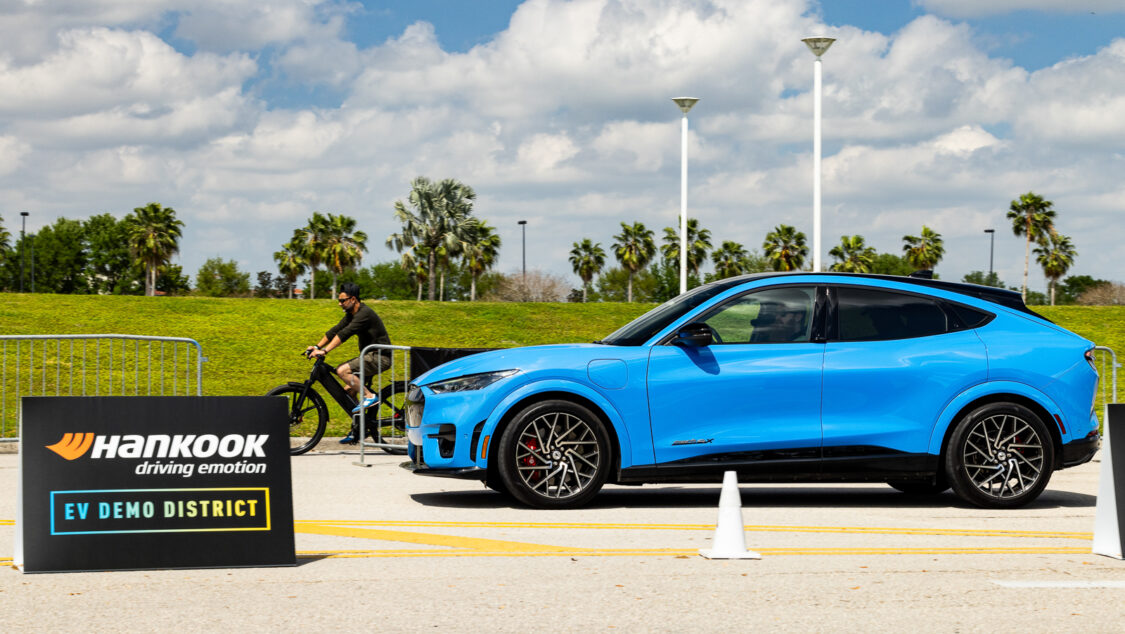
Practical Tips for Lower EV Maintenance Costs
To maximize the benefits of electric car maintenance, keep the following in mind:
- Follow the manufacturer’s maintenance schedule, including software updates and system checks.
- Monitor tire pressure regularly to improve efficiency and avoid unnecessary wear.
- Avoid deep discharges of the battery, which can accelerate degradation.
- Plan for long-term ownership by understanding warranty coverage and replacement options for key components.
ADVERTISEMENT
Electric Cars Offer Low-Maintenance Benefits and Unique Considerations
Electric cars provide a clear advantage in maintenance, offering fewer headaches and lower costs compared to traditional gas vehicles. However, they come with specific needs that owners should plan for, such as tire care and battery diagnostics.
By understanding the nuances of maintenance on electric cars and budgeting appropriately, you can enjoy the many benefits EVs bring to the table without surprises down the road. If you’re already driving an EV or considering making the switch, staying informed will keep your vehicle running smoothly for years to come.
ADVERTISEMENT

IMAGES: ELECTRIFY EXPO
FTC: We use income-earning auto affiliate links. Learn more.



